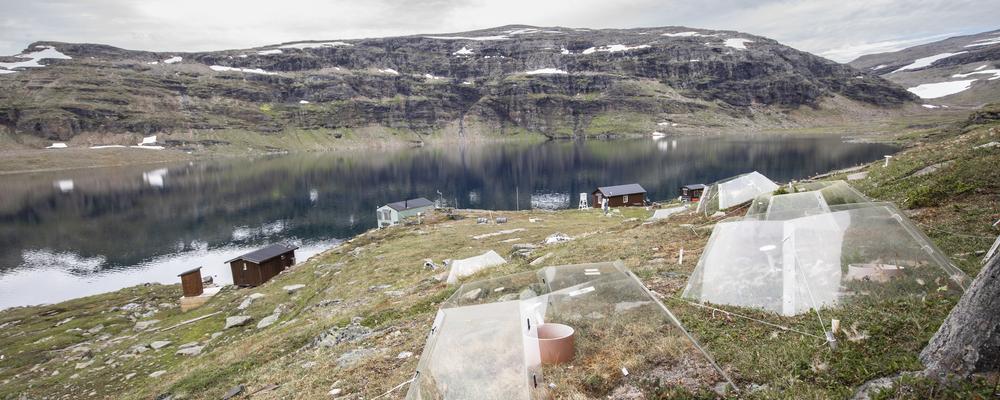30 years of research on climate change in the tundra captured in a new film
200 kilometers north of the Arctic Circle, at the Latnjajaure field station outside Abisko in Northern Sweden, the University of Gothenburg has for 30 years participated in an international field research experiment to increase knowledge about the impact of climate warming on tundra vegetation across the Arctic. A short film about this long-term experiment is now published.
Scientific paper on the 30-year ITEX experiment
"The International Tundra Experiment (ITEX): 30 years of research on tundra ecosystems." Arctic Science 2022.


